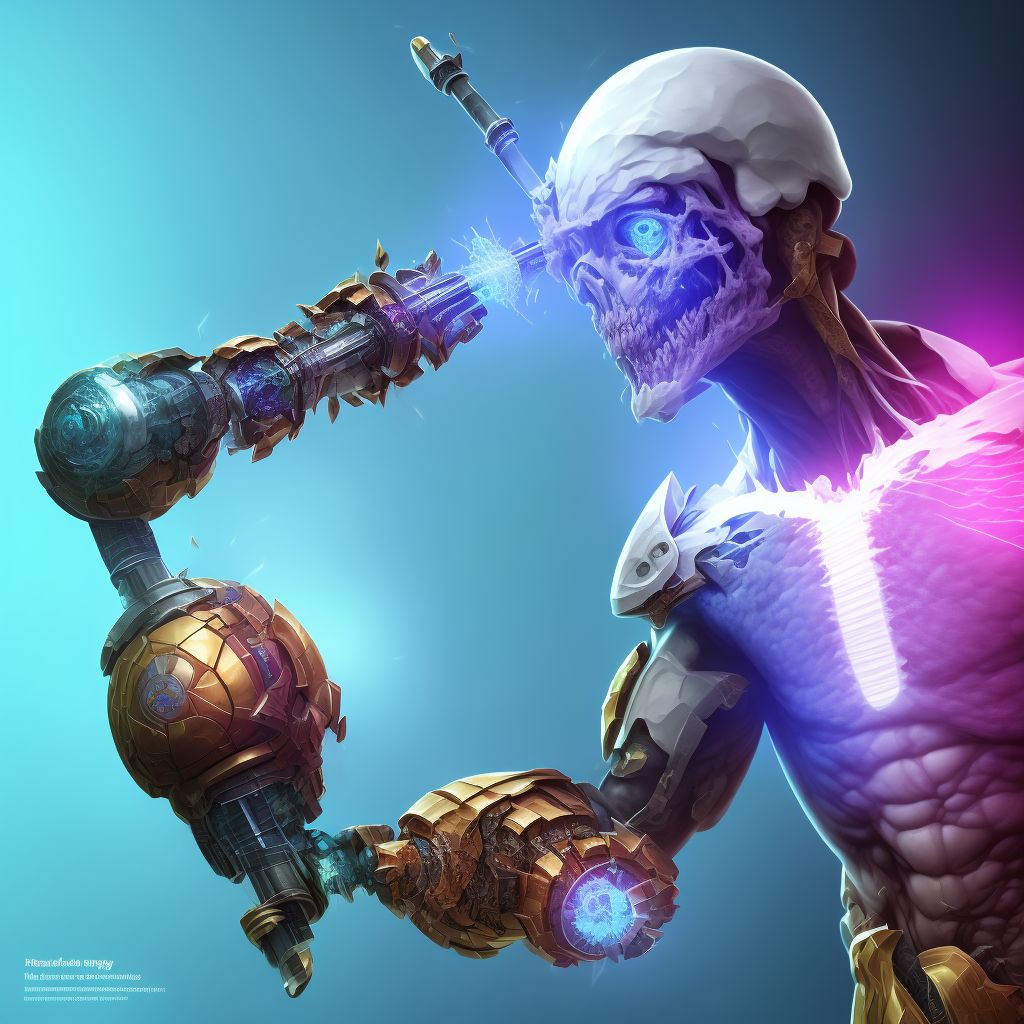
Displaced transverse fracture of shaft of right fibula, sequela Save
ICD-10 code: S82.421S
Disease category: S82.421: Displaced transverse fracture of shaft of right fibula
Displaced Transverse Fracture of Shaft of Right Fibula, Sequela: Understanding the Condition
A displaced transverse fracture of the shaft of the right fibula is a specific type of injury that affects the long, slender bone on the outer side of the lower leg. When the fracture does not heal properly or is not treated in a timely manner, it can lead to long-term complications known as sequela.
Causes: Displaced transverse fractures of the fibula shaft commonly occur as a result of direct trauma, such as a fall, sports injury, or motor vehicle accident. The transverse nature of the fracture refers to the bone breakage occurring horizontally across the width of the fibula shaft.
Symptoms: The symptoms of a displaced transverse fracture of the shaft of the right fibula may include severe pain, swelling, tenderness, bruising, and difficulty bearing weight on the affected leg. In some cases, the fracture may be visible through the skin.
Diagnosis: A medical professional will typically diagnose this condition using a combination of physical examination, medical history review, and imaging tests, such as X-rays or CT scans.
Sequela: Sequela refers to the long-term consequences or complications that may arise from an injury or disease. In the case of a displaced transverse fracture of the right fibula shaft, sequela can include chronic pain, limited range of motion, muscle weakness, and an increased risk of future fractures.
- Chronic Pain: Some individuals may continue to experience pain in the affected leg long after the initial fracture has healed. This chronic pain can impact daily activities and quality of life.
- Limited Range of Motion: The fracture and subsequent healing process can lead to stiffness and limited movement in the ankle joint, making it challenging to perform certain activities or exercises.
- Muscle Weakness: Due to reduced mobility and limited use of the affected leg during the healing process, muscle weakness may develop. Physical therapy and rehabilitation are often necessary to regain strength.
- Risk of Future Fractures: After experiencing a fracture in the fibula, individuals may be more susceptible to future fractures in the same area, especially if the bone did not heal properly.
It is important for individuals with a displaced transverse fracture of the shaft of the right fibula to seek appropriate medical care and follow the recommended treatment plan to minimize the risk of sequela. Proper diagnosis, immobilization, and rehabilitation under the guidance of a healthcare professional can significantly improve outcomes and reduce long-term complications.
Disclaimer: This article is for informational purposes only and should not replace professional medical advice
Treatment of Displaced transverse fracture of shaft of right fibula, sequela:
Treatment Options for Displaced Transverse Fracture of Shaft of Right Fibula, Sequela
A displaced transverse fracture of the shaft of the right fibula is a severe injury that can have long-term consequences if not treated properly. It occurs when the bone breaks completely across its width and the fractured ends are out of alignment. If left untreated or inadequately managed, this ...
To see full information about treatment please Sign up or Log in